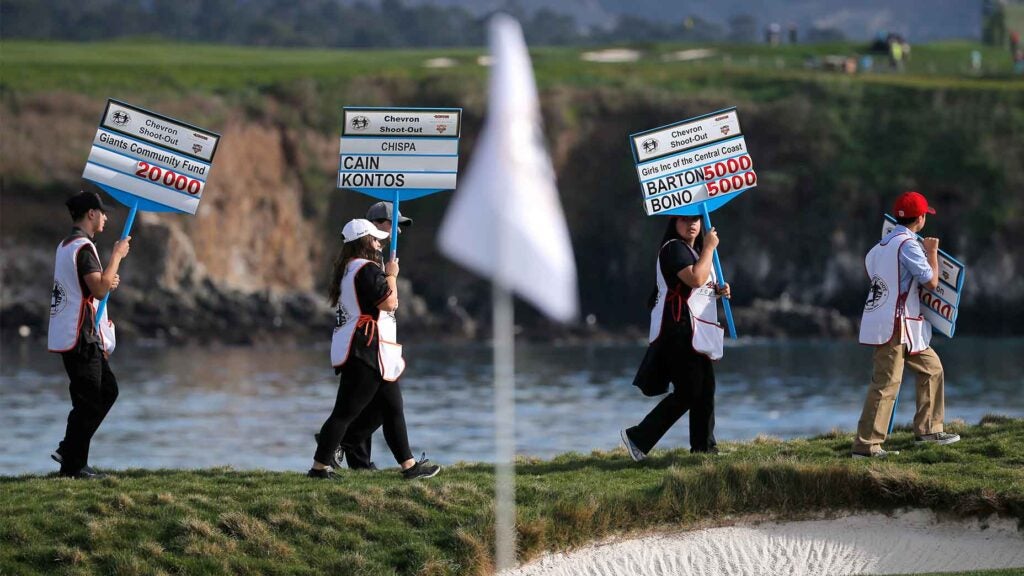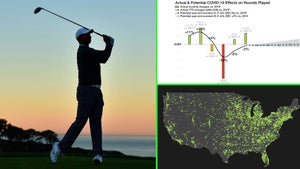For those, like me, who have played the majority of their golf in the New York metro area in 2021, the following should come as absolutely zero surprise: getting a tee time is harder than ever.
If you’ve played a reasonable amount of public golf in 2021, it’s likely you’ve come in contact with the following scenes: online reservation systems booked out for weeks (and in some cases, months); walk-ups expected to arrive in the wee hours of morning to poach a coveted day-of slot; and, on at least one occasion, individuals striking out entirely when trying to grab a tee time on a heavily trafficked date.
There’s simply no question about it: golf is surging. If there’s one piece of good to take from the past year-and-a-half at home, it’s that people have found, re-found, or doubled-down on their love for the sport. It’s a development the National Golf Foundation (NGF) has followed closely.
The organization, which is comprised of both golf-lovers and industry stakeholders, keeps close tabs on the tectonic shifts within the sport. And recently, those shifts have focused largely upon the pandemic boom of the last 18 months. According to the NGF, more than 500 million rounds were played in 2020, a growth of more than 60 million rounds over the previous year. The growth was mirrored on the industry side, which has seen record numbers continue through much of 2021.
But as it turns out, all that growth has come at a price — literally. According to the NGF, more than a third of courses in the U.S. raised their peak, in-season greens fees this year by an average of 11 percent, the largest such spike in years. More than two-thirds of course operators told the NGF they made some change to fee structure over the last year through extending the timing of “peak” rates, raising their cost altogether, or some other shift. Through the majority of 2021, the average cost of a tee time on an 18-hole course was $38, while the average 9-hole round jumped to $21.
As the NGF report notes, that’s well below the cost of the average NFL game ($105), and still a safe distance below that of a ski lift ticket ($62), but it still amounts to a significant price hike for a sport many critics argue is already overpriced and by extension, exclusionary.
As for the reason behind the shift, the NGF report points to a few possible sources. The first, and most obvious, are the same market forces helping to make golf so popular. It’s simple economics: when demand outstrips supply, cost increases. That exact situation is meeting many golf courses (like the ones in the New York metro area), who regularly have more golfers willing to pay the cost of greens fees than they do tee slots. In that same vein, the number of golfers working from home has led to increased demand during times of the year that were previously less trafficked, leading many courses to expand the scope of “peak” rates.
Still, the question remains: is the growing cost of greens fees helping the game, or hurting it? Sure, increased course revenues (should) mean better quality of play, larger maintenance staffs and improved facilities. But they also place a larger burden upon the consumer. Golf is an expensive sport (to say nothing of the barrier to entry provided by equipment costs), and it stands to reason that as those costs rise, fewer people will be capable of affording them. And, if operators continue to raise the costs associated with playing the game, how can we realistically expect the sport to keep growing at its current (or any) rate?
But that’s a question without a clear answer right now. For now, grab a tee time when you find one, get out there and enjoy golf’s era of good feelings. Just don’t forget your wallet.


